#wildlife: usa
Text

A gila monster (Heloderma suspectum) wanders through a backyard in the Sonoran Desert, Arizona, USA
by troupial
#gila monster#beaded lizards#lizards#reptiles#heloderma suspectum#heloderma#helodermatidae#squamata#reptilia#chordata#wildlife: arizona#wildlife: usa#wildlife: north america
42 notes
·
View notes
Text
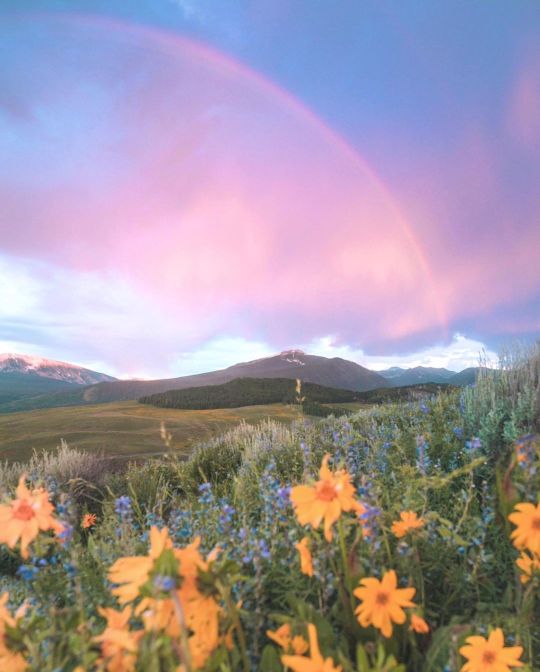


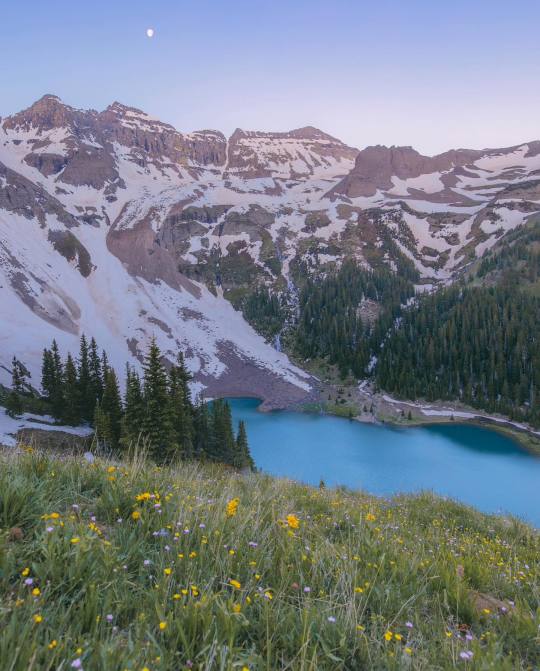
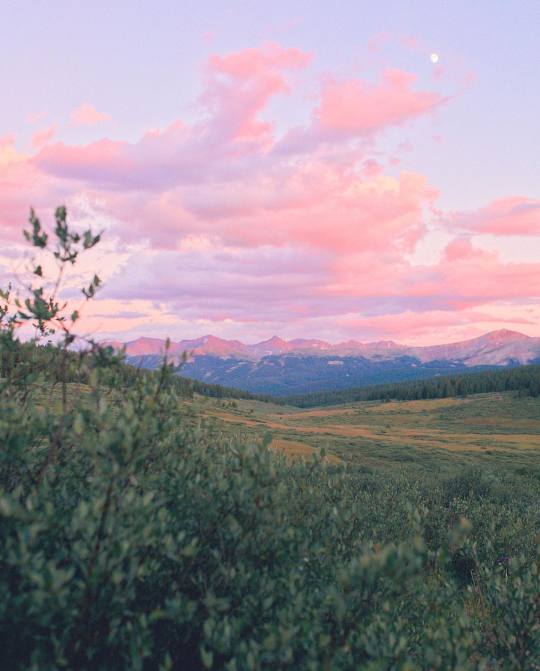
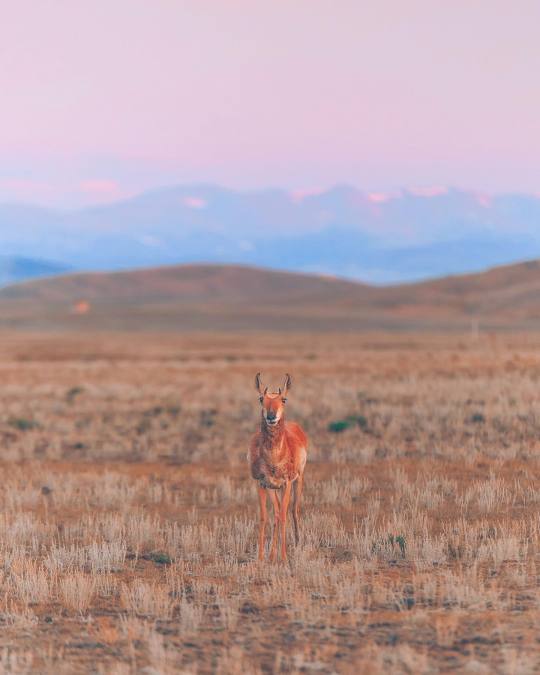
Colorado colors
emilie.hofferber
1K notes
·
View notes
Text

🐺🍂 Credit: Gary Schultz
#wolves#wolf#nature photography#canis lupus#wildlife#wild animals#amazing#animals#grey wolf#beautiful#autumn leaves#amazing colors#landsacape#scenery#usa#fall season#pretty colors
2K notes
·
View notes
Text
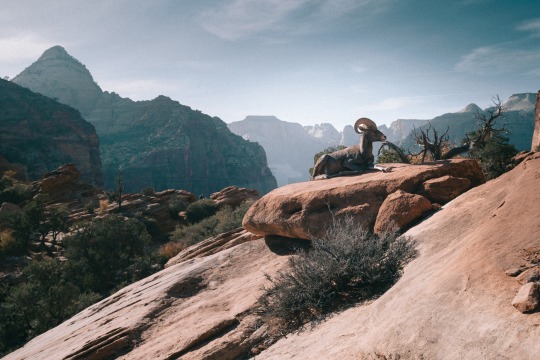
Good morning Zion
#Zion#zion national park#usa#usa national parks#usa road trip#photographers on tumblr#photography#fujifilm#travel#curators on tumblr#landscape#nature#fujifilm xt3#ram#wildlife
84 notes
·
View notes
Photo

The Florida panther is the last population of pumas (cougars) surviving in the eastern US. Nearly extinct, with fewer than 20 remaining in recent decades, the species has rebounded to nearly 200 today.
Photograph: Carlton Ward Jr - Vital Impacts
#extinction#usa#panther#wildlife#photography#good news#animals#Lensblr#Aesthetic#Camera#Curators on tumblr#Nature#Peace#Travel#cute#fauna#cute animals#wildlifephotography#peace photography
425 notes
·
View notes
Text
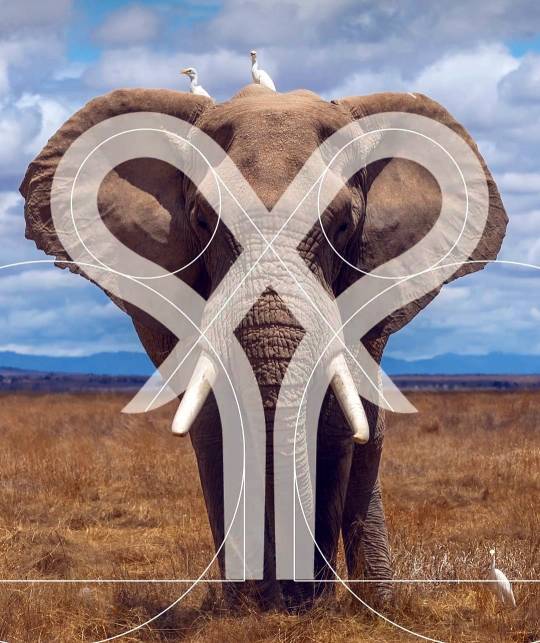
Elephant logo - lineart style ☆☆☆
Get your unique & creative logo 👇
#elephant#monoline#logo design#lineart#illustration#artists on tumblr#vector#uiux#consulting services#africa#wildlife#breath of the wild#wild animals#minimal#clean#modern#investor#company#usa#california
55 notes
·
View notes
Text

Bald Eagle. Colorado, USA.
📸 Shaun Wilsey Photography
#Shaun Wilsey Photography#Bald Eagle#Bald Eagles#Birds in Flight#Bird#Birds#BIF#Eagle#Eagles#Wildlife#Colorado#USA
41 notes
·
View notes
Text

Osprey in Yellowstone National Park, Montana, USA
Holly Mandarich
Conservation status: Least Concern (Population increasing)
Mass: 3 lbs (Adult)
Scientific name: Pandion haliaetus
Wingspan in feet: 5 1/2 feet
Class: Aves
Domain: Eukaryota
Family: Pandionidae
The osprey, also called sea hawk, river hawk, and fish hawk, is a diurnal, fish-eating bird of prey with a cosmopolitan range. It is a large raptor, reaching more than 60 cm in length and 180 cm across the wings. It is brown on the upperparts and predominantly greyish on the head and underparts.
Ospreys prefer habitats with plenty of shallow water where fish are plentiful. They often built nests on small islands or structures over bodies of water that are difficult for predators to get to. Manmade structures such as power poles and other stable structures are common nesting sites.
The osprey's diet is almost exclusively fish, a unique characteristic among raptors. They are opportunistic about the species of fish they catch, but they can only catch fish swimming within three feet (1 m) of the water's surface. They rarely take fish over 16 inches (40 cm) long.
#Yellowstone National Park#Montana#USA#National Park#MTWildlife#Wildlife#Bird#Birds#Osprey#US#United States#United States of America#North America
39 notes
·
View notes
Video
Hummingbird feeding its chick by bubble_boy
Via Flickr:
California Fremont Bay Area San Francisco USA East Bay Nature Birds Wildlife Photography Travel Wild Trails ebparksok
#California#Fremont#Bay#Area#San#Francisco#USA#East#Nature#Birds#Wildlife#Photography#Travel#Wild#Trails#ebparksok#flickr
28 notes
·
View notes
Text

A young American alligator (Alligator mississippiensis) rides on the back of its mother in Brazos Bend State Park, Texas, USA
by Rick Dunlap
#american alligator#alligators#crocodilians#reptiles#alligator mississippiensis#alligator#alligatoridae#crocodilia#reptilia#chordata#wildlife: texas#wildlife: usa#wildlife: north america
24K notes
·
View notes
Text
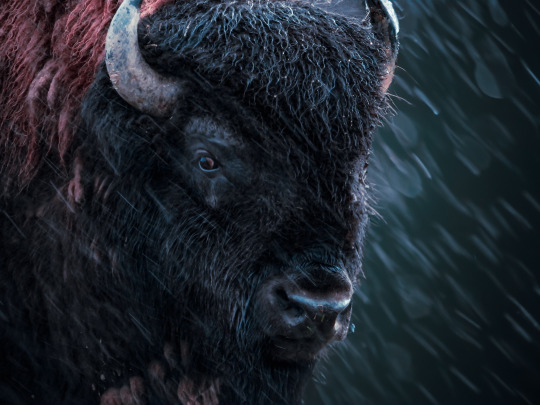
During the rains of 2022 - Yellowstone National Park
#wildlife#buffalo#bison#yellowstone#animal portrait#wildlifephotography#nature#animals#naturephotography#national parks#usa#travel#adventure
24 notes
·
View notes
Text

Happy Leap Year!
Photo: Estes Park, Colorado
#elk#baby elk#baby animals#leap year#nature#travel#tourism#adventure#explore#wildlife#colorado#february 29#co#the copper state#the centennial state#rocky mountain national park#estes park#rocky mountains#colorado rockies#western usa#the wild west#usa#america the beautiful#the great outdoors#us national parks#national park service#nps#animals
24 notes
·
View notes
Text
Thanks to this individual for creating a petition that finally caught on. I’ve signed many in the past that garnered little support. Now is the time! People are becoming educated and activated!
In case you don’t know why this petition is so important, here’s information from the National wildlife foundation:
“Invasive species can change the food web in an ecosystem by destroying or replacing native food sources. The invasive species may provide little to no food value for wildlife. Invasive species can also alter the abundance or diversity of species that are important habitat for native wildlife.”
#usa native plants#plants#invasive plants#boycott Home Depot#petition#ecosystem#native habitats#plant people#wildlife#gardening#gardeners#pollinators#environment
182 notes
·
View notes
Photo

Sage grouse (Centrocercus urophasianus)
Colorado, US
Photograph: Peter Ismert
#colorado#usa#birds#wildlife#nature#animals#snow#Photography#Lensblr#Aesthetic#Camera#Curators on tumblr#Peace#Travel#cute#fauna#cute animals#wildlifephotography#peace photography
508 notes
·
View notes
Text

#Fresno county#california#usa#America#nature#travel#wildlife photography#nature photography#photography#wildflowers
33 notes
·
View notes
Text

April 20 - 28 is National Park Week, so each day of the week Richard will be highlighting a favorite US National Park.
Brown bear, Lake Clark National Park and Preserve, Alaska USA
📸 by Richard Bernabe
#Richard Bernabe#Brown Bear#National Park Week#Alaska#Lake Clark National Park and Preserve#Nature#Travel#USA#Wildlife#Animals#Photography
29 notes
·
View notes